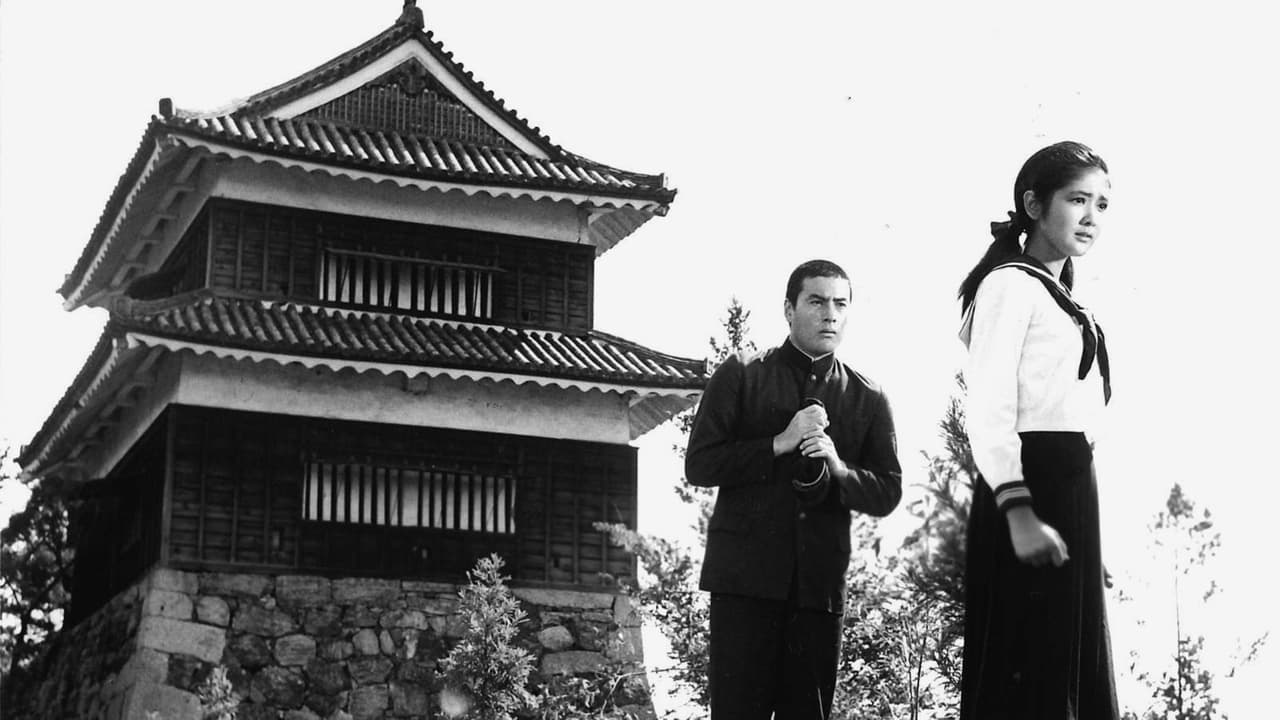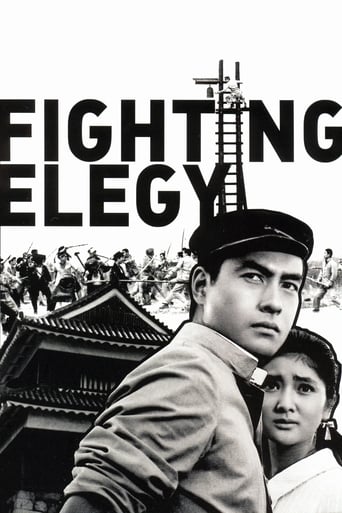

It has become clear that Seijun Suzuki is the Wong Jing of Japan, sporting an equally lame sense of "humor" that consists of hysterical behavior and incessant screaming within poorly constructed, thoughtless scenarios. It's no wonder this idiot got canned by Nikkatsu and subsequently blacklisted after his lame crapfest "Branded to Kill" (1967), which showcased ineptly constructed shootouts, gratuitous sexual content, lots of bad acting, and a preposterous ending with some dimwit acting hysterical in a boxing ring. If a director of mine dropped that pile of elephant compost on my desk, I'd fire his ass too.As a viewer, I was unlucky enough to experience Suzuki's "Pistol Opera" (2001) first, which still holds the dubious record for "Worst Movie Ever Made" in my book. With "Princess Raccoon" (2005), however, Suzuki proved that his abject stupidity could yield a flawed, yet moderately entertaining film, but my patience is running thin. I've got lots of Asian movies to watch, and I don't like wasting my time with directors who have a 33% success ratio. "Fighting Elegy" (1966) just made it 25%.At no point is this movie remotely funny or engaging. It uses the "40-year-old acting like a juvenile child" gag that – in and of itself – is utterly lame and it just grates on the nerves from the very first minute. Characters have zero complexity and the fight scenes are a disgrace in their artificiality and persistent use of biting, nosepicking, and people falling over each other. None of the fights look real and seem to be the victim of incompetent directing as the baddies look as if their swatting flies the entire time. The camera-work uses amateur ploys like random closeups and rapid editing for no apparently good reason. These tactics are sure fire points of condemnation when presented in modern day films, but somehow magically become "brilliant" and "masterful" when presented in a Japanese film released before 1970. Go figure.Don't misunderstand me, because I really do like pre-1970 Japanese cinema. Seriously, I do. For example, of the 17 Yasujiro Ozu films I've had the pleasure of seeing, 4 were excellent, 5 were very good, 6 were good, and 2 were mediocre. That's an 88% success ratio, which means that I froth at the mouth to watch more of his films. However, the difference between a great director like Ozu and low-talent assclowns like Seijun Suzuki and Akira Kurosawa is that Ozu is capable of directing actors properly and understands that quaint realism can supersede thoughtless hysterical behavior and/or melodramatic fluff.On a side note, I fired up a few of Suzuki's interviews that were included as special features on the DVD releases. It's uncomfortable hearing him pat himself on the back while gloating about the fact that he focuses on entertainment value first and foremost. The problem is that Suzuki's idea of "entertainment" results in contrived silliness mixed with uninteresting, undeveloped content. I fear that the only reason "Princess Raccoon" worked as an entertainment vehicle was because it had an implicitly interesting premise and was structured within a self-referential fantasy world where contrivance felt natural. Perhaps Suzuki should make another stage-play style musical, because his attempts at real life humor are abysmal and shallow at best.
... View MoreThis was only my fourth Seijun Suzuki film - after TOKYO DRIFTER (1966), BRANDED TO KILL (1967) and PISTOL OPERA (2001) - and it's a typically energetic outing, with strong doses of comedy augmenting the character study of a young man who can only express himself adequately through violence and how he is forced to take stock of his life after falling in love with a cultured young girl. Drawing obvious parallels to FIGHT CLUB (1999), the film's fight scenes are quite well done but, even more interestingly, it looks forward to the struggle between religious faith and a violent environment that would surface in later films, primarily the work of Martin Scorsese (the script of FIGHTING ELEGY was penned by Kaneto Shindo, director of THE NAKED ISLAND [1960] and ONIBABA [1964]!). However, the film runs out of steam towards the end by taking an unexpectedly serious (and propagandist) turn which doesn't sit comfortably with the anarchy that had gone on before!
... View MoreIn the little Suzuki festival I made myself of four recent DVD releases, this stood out. The up-front, if onanistic, humor linked to the political and military era, the Christian religious aspect, the protagonist's inane yet never-ending need to hit people, the huge, huge gang fight, and the relative absence of organized crime, the brazen aping of things military all struck me. But what really stays is the shimmering 2.35:1 black and white imagery. Somehow it differs from the 2.35 b/w of a crime flick like Underworld Beauty or the urban desert of Branded to Kill. There's a deliberative fuzziness, a quavery living light about most scenes that has to have been an artistic choice. It evokes the period in a way that today's filmmakers might try and fail with sepia. Imagine Mizoguchi with a super wide canvas.Can't find it in my shelves today, but my favorite account of black and white film-making is Cocteau's diary of the making of Beauty and the Beast. Weeks and months would slip by while Cocteau waited to bounce just the right sunlight off some sheets hung to dry or Beauty's cheek or hair. Certainly not the case here: Suzuki wanted to shoot in color. The miracle that's Fighting Elegy was actually bum luck, his second choice. He was making film after film within studio schedules and guidelines. Even so, this film's black and white shines.
... View MoreEven though it suffers from acute VBS (Vinnie Barbarino Syndrome, i.e. all the "schoolchildren" are Thirtyish), this tale of burgeoning adolescent sexuality and burgeoning adolescent aggression is both funny and powerful. Directed by Suzuki Seijun [Tokyo Drifter, Branded to Kill] and scripted by Shindo Kaneto [who was in turn the director of Onibaba], Elegy to Violence has a lot more to say about conformity and militarism than allegedly profound films like Teshigihara's Face of Another.As the young lad torn between swooning adoration for his Catholic girlfriend and the sense of power and purity he finds in paramilitary gangs, Hideki Takahashi overplays marvelously. He is an encyclopedia of twitches and cringing at first, but that gradually gives way to ridiculous hypermachismo as he gets into more and more fights. (or, as the subtitles put it, "scuffles")Seijun Suzuki shows that he is keenly aware of the absurdity that underlies all of that hyperbolically heroic bloodshed that makes his other films so sublime.But those of you just looking for your fix of hip 60s cinema won't be disappointed--with cartoonish sound effects, brutal action, stoned continuity, split screens, sudden fits of slapstick worthy of The Knack or Help!, and immortal lines like "Your manhood will cry if you are afraid" and "Oh Michiko, I do not masturbate--I FIGHT!", how can you go wrong?Watch for the scene in which Our Hero climbs a watch tower to witness a "scuffle" that he himself fomented--an explicit homage to Yojimbo.
... View More